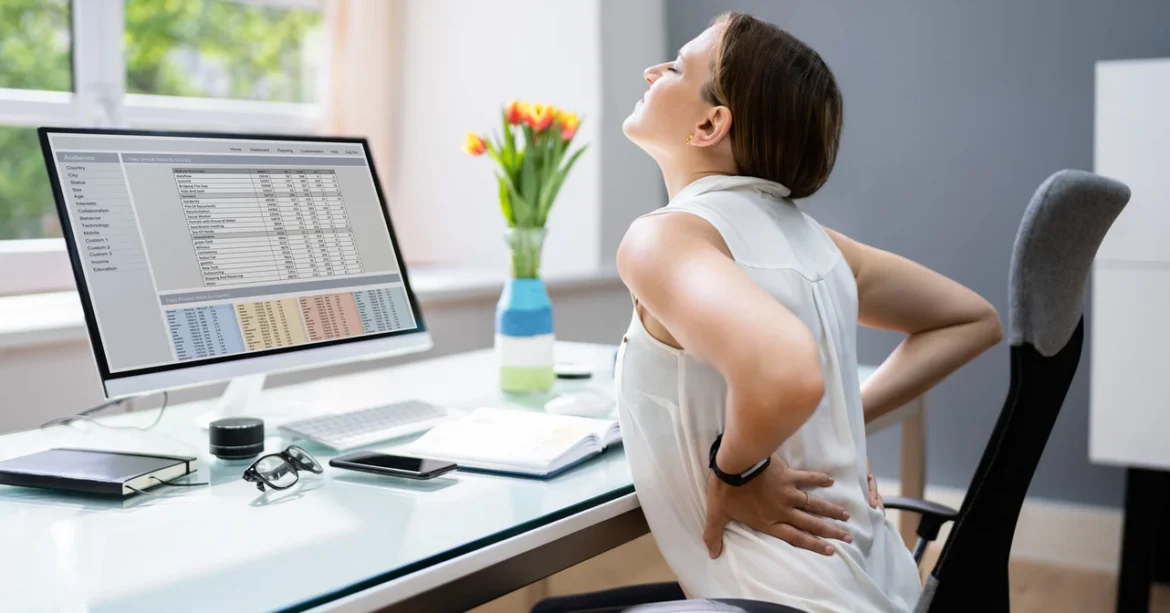In the UK, millions of people spend their working days at desks — typing, scrolling, and hunching over laptops or monitors. While office work may be mentally stimulating, it often takes a physical toll, particularly on posture, muscle tension, and overall relaxation. As massage and wellness trends evolve in 2025, there’s a growing recognition of how desk-based lifestyles influence the effectiveness of relaxation therapies and the techniques therapists employ to counteract modern sedentary habits.
The Desk Posture Dilemma
Extended sitting encourages forward head posture, rounded shoulders, and slouched backs. Over time, these patterns create muscular imbalances: the neck and shoulder muscles tighten, the upper back weakens, and the spine experiences uneven pressure. For many, these issues manifest as tension headaches, fatigue, and limited mobility.
This habitual posture doesn’t just affect the body; it influences how people experience relaxation. Tight, chronically engaged muscles are harder to soothe, meaning traditional massage techniques may require adaptation. Therapists often need to address long-standing tension patterns rather than focusing solely on immediate stress relief.
Why Desk Posture Impacts Massage Outcomes
When muscles are chronically tight from prolonged sitting, massage becomes both more challenging and more rewarding. Tight trapezius, rhomboid, and pectoral muscles require targeted techniques to release knots and restore mobility. Clients who sit for hours daily often notice tension deep in areas they didn’t realise were affected, such as the subscapular region beneath the shoulder blade.
Moreover, posture affects circulation. Slouched positions compress blood vessels and lymphatic pathways, reducing nutrient delivery and waste removal. Massage targeting these areas can improve circulation, but therapists may need to incorporate techniques like myofascial release, deep tissue work, or lymphatic drainage to achieve optimal results.
Desk-Friendly Massage Techniques
Modern massage therapists are tailoring sessions to the realities of desk-bound clients. Key approaches include:
-
Neck and Shoulder Release: Focused work on the trapezius, levator scapulae, and surrounding muscles eases tension from forward head posture.
-
Upper Back and Thoracic Mobilisation: Techniques that open the chest, stretch the pectorals, and strengthen postural muscles help counteract slouching.
-
Lumbar Support Work: Deep pressure and stretching along the lower back relieve compression from prolonged sitting.
-
Hand, Wrist, and Forearm Attention: Typing and mouse use create repetitive strain; massage here supports joint mobility and circulation.
-
Postural Assessment and Guidance: Some therapists offer posture education, ergonomic advice, and simple exercises clients can do between sessions.
These targeted methods make massages more effective for clients who spend hours at desks. By addressing the root causes of tension, therapists improve both immediate relaxation and long-term posture health.

